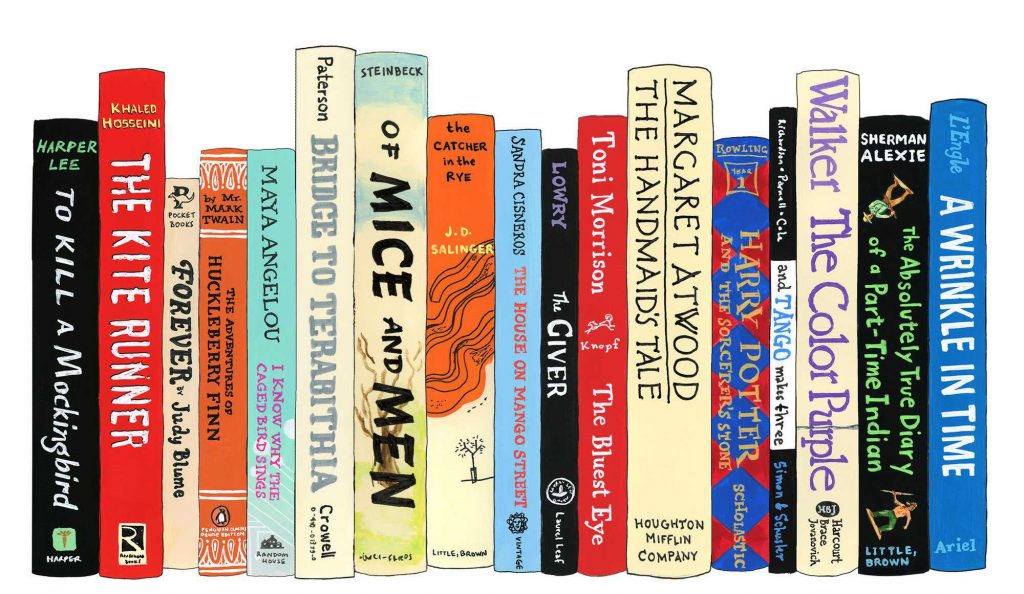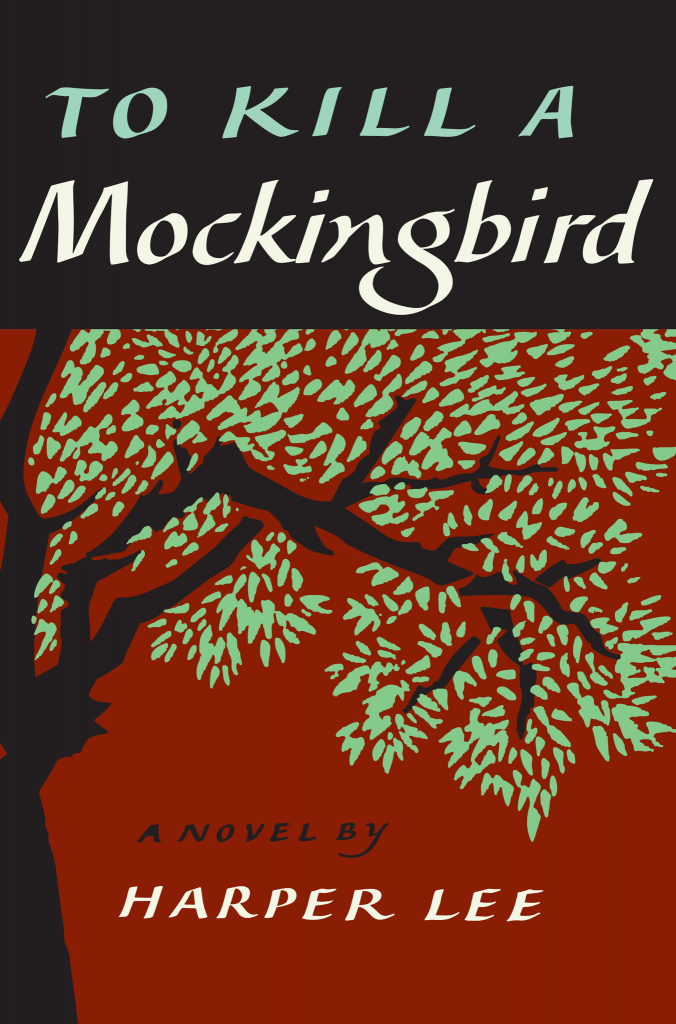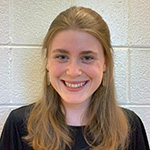The finding of natural quasicrystals is a tale of “crazy stubborn people or stubbornly crazy people,” said physicist and Princeton professor, Paul J. Steinhardt, who spoke at Duke University on October 10 regarding his role in their discovery.
Quasicrystals were once thought to be impossible, as crystals were the only stable form of matter. Crystals allow for periodic patterns of atoms while quasicrystals allow for an ordered, yet non-periodic pattern that results in rotational symmetry. Crystals only allow for two-, three-, four-, and six-fold symmetry and create the geographical shapes of squares/rectangles, triangles, hexagons, and rhombuses (Figure 1). However, quasicrystals allow for ten-fold symmetry with unlimited layers of quasicrystal patterns and various shapes. The penrose tiles (Figure 2) is an example of one-dimensional quasicrystal pattern, while the kitchen tiles of your home is an example of a traditional crystal pattern.
Figure 1
Figure 2
Steinhardt and his student, Don Levine, published a paper in 1984 attempting to prove the theory of quasicrystals.
After the discovery of man-made quasicrystals from a fellow scientist, Steinhardt wanted to find quasicrystals in nature as opposed to laboratories. He began this by contacting museums with global mineral samples in case they contained undiscovered quasicrystals. This did not yield any results.
Luca Bindi, who then worked for the Museum of Natural History at the University of Florence in Italy, discovered that Steinhardt was searching for natural quasicrystal and wanted to join his endeavors. Bindi found the first interesting sample at the museum he worked in through the rare mineral, khatyrkite, from the Koryak Mountains of Chukotka, Russia. They analyzed the tip of this sample, the width was that of a strand of hair, and discovered the most perfect ten-fold, rotationally symmetric pattern of a quasicrystal from minerals in nature. Even more interesting was that the chemical compound of this quasicrystal, Al63Cu24Fe13, was the exact composition of quasicrystals created in a Japanese laboratory, now found in a rock.
Steinhardt then took these findings to Lincoln Hollister, a renowned geologist, for his expert opinion. Hollister proceeded to tell Steinhardt that this discovery is impossible as its chemical composition of metallic aluminum cannot be created in nature. Steinhardt wondered if this sample came from a meteorite, which was an “ignorant, stupid suggestion, but Lincoln didn’t know that,” Steinhardt said. Lincoln refers Steinhardt to Glenn Macpherson, an expert meteorologist, who further elaborated that metallic aluminum from meteorites is, once again, impossible.
Two renowned experts in their fields describing the impossibility of Steinhardt and Bindi’s hypotheses was not enough for them to quit. Their next step was to trace Bindi’s khatyrkite to obtain more samples. Firstly, they attempted to find Nico Koekkoek, a Dutch mineral collector who had sold innumerable mineral samples to various museums. Dead end. Then they wrote to museums globally regarding their khatyrkite samples and discovered four potential samples. All fakes. Yet another dead end. Next was to analyze the legitimate sample in St. Petersburg because any sample of a newly discovered mineral must be given to a museum. The uncooperative discoverer, Leonid Razin, had immigrated to Israel and refused to let anyone touch the sample. They had hit a dead end again.
Bindi relayed this story to his sister and her friend over dinner. The friend’s neighbor shared the same common last name as the Dutch mineral collector, so the friend decided to ask his neighbor if it was an unlikely connection. Miraculously, the neighbor was the widow of the Dutch mineral collector and, after much persuading, handed over her late-husband’s secret diary. The diary reveals a mineral smuggler named Tim from Romania whom he received the khatyrkite. They were unable to locate Tim until Koekkoek’s widow relented yet another secret diary, which revealed that Tim had received these minerals from ‘L. Razin.’ The same Leonid Razin who refused them to view the sample! Eventually, Steinhardt discovered that Leonid Razid had sent a man named Valery Kryachko on an expedition for platinum. While he did not find platinum, he gave his samples to Leonid Razin, which astoundingly contained the natural quasicrystals that Steinhardt had searched for decades. Kryachko was completely unaware of its journey and even provided the remaining sample, which Steinhardt and his team used for testing.
Steinhardt’s original “ignorant, stupid suggestion” proved remarkably accurate, as they discovered that a meteorite hit Chukotka and resulted in natural metallic aluminum.
Steinhardt and his dream team needed more samples of khatyrkite to conduct further research. Therefore, seven Russians, five Americans, one Italian, and a cat named Buck set forth the scientific Mission Impossible for natural quasicrystals. They came back with several million grains and after a few weeks, found a sample of clay layer that had not been touched in 10,000 years. This was the first quasicrystal to be declared a natural mineral. They ultimately discovered a total of nine quasicrystal samples, each from a different part of the meteorite.
Steinhardt and his team’s analysis of quasicrystals is still not over and his book, “The Second Kind of Impossible,” delves further into the outlandish details of the over 30 years of research. This extraordinary journey of passion and ambition allows for the thrilling hope for the future of scientific discovery.
By Samera Eusufzai, Class of 2026








